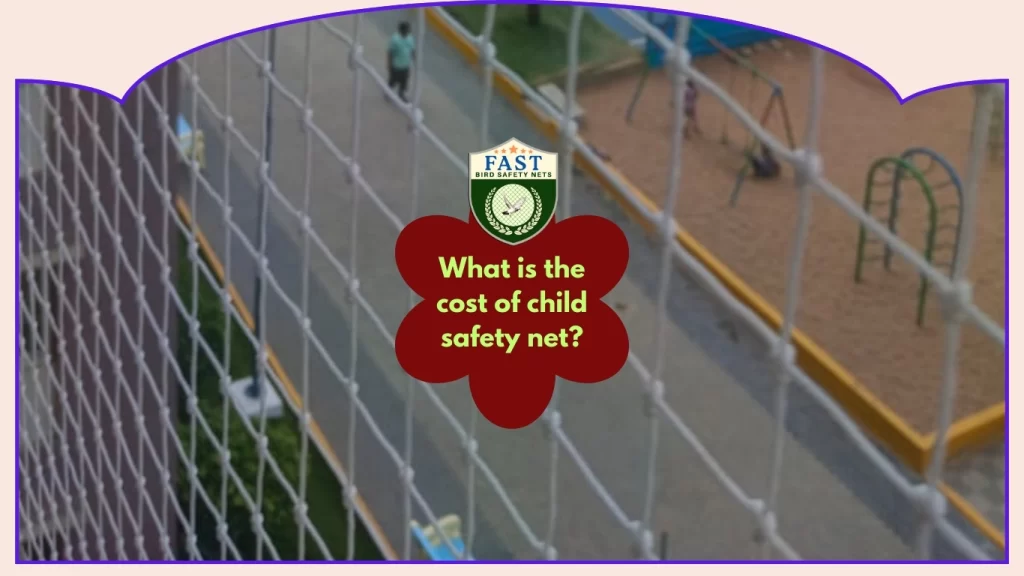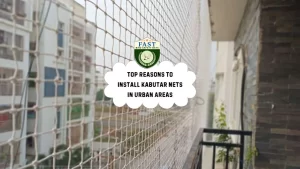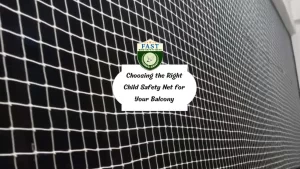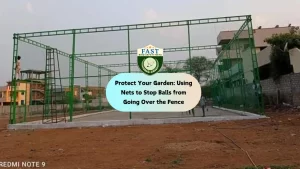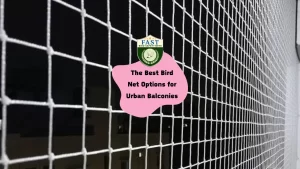Child safety nets are crucial for ensuring the safety of young children in residential settings, particularly in homes with balconies, windows, or staircases. The cost of child safety net can vary depending on several factors, each of which plays a significant role in determining the overall expense.
1. Size and Coverage Area: The size and coverage area required for child safety nets are primary factors influencing the cost. Larger areas, such as expansive balconies or multiple windows, will necessitate more material and labor, resulting in higher costs.
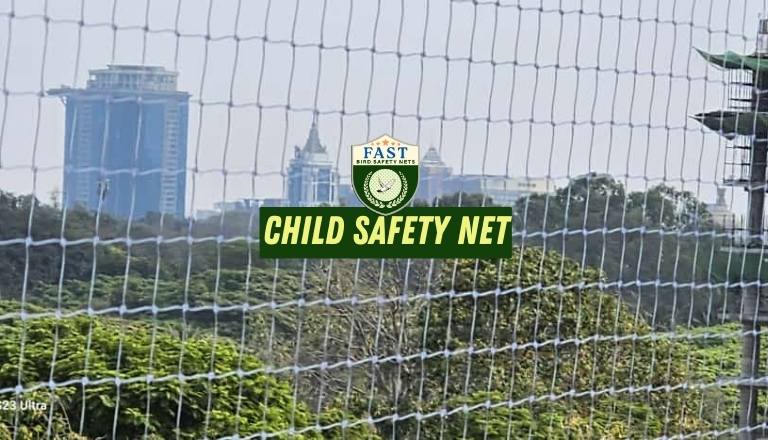
2. Material Quality: The quality of the materials used in child safety nets can vary, impacting both the cost and durability of the nets. High-quality materials, such as UV-resistant nylon or polyethylene, may command a higher price but offer better longevity and effectiveness in protecting children.
3. Installation Method: The method of installation also affects the cost of child safety nets. Professional installation services may incur additional charges, but they ensure proper fitting and adherence to safety standards. DIY installation kits are available at lower costs but require careful attention to detail and may not provide the same level of security.
4. Customization and Features: Customization options and additional features, such as reinforced edges, UV protection, or decorative designs, can increase the cost of child safety nets. While these features enhance the functionality and aesthetics of the nets, they should be weighed against budget constraints and specific safety requirements.
5. Warranty and After-Sales Support: Consider the warranty and after-sales support offered by the manufacturer or installation provider. Child safety nets with a warranty and reliable customer service may have slightly higher upfront costs but provide added peace of mind and assistance in case of any issues or concerns.
6. Maintenance and Replacement: Factor in ongoing maintenance and replacement costs when budgeting for child safety nets. Regular inspections, cleaning, and repairs are essential for ensuring the continued effectiveness and safety of the nets, contributing to their overall cost over time.
Conclusion: In conclusion, understanding the various factors influencing the cost of child safety net is crucial for making informed decisions and ensuring the safety of young children in residential environments. By considering factors such as size, material quality, installation method, customization, warranty, and maintenance, parents and caregivers can determine the most suitable and cost-effective solution for protecting their children from potential hazards.

